Optimal Timing for Waterproofing Applications
Waterproofing is a crucial aspect of building maintenance that protects structures from water intrusion and damage. Proper timing ensures the effectiveness and longevity of waterproofing applications, reducing the risk of costly repairs in the future.
Spring and early summer are ideal for waterproofing projects due to moderate temperatures and lower humidity levels, which facilitate proper curing and adhesion.
Heavy rain, extreme cold, or high humidity can hinder waterproofing application and curing, making these conditions unsuitable for installation.
Applying waterproofing at the right time helps ensure durability, prevents water infiltration, and extends the lifespan of the structure.
Seasonal fluctuations can affect the performance of waterproofing materials; planning around stable weather conditions optimizes results.

Spring offers ideal conditions with moderate temperatures and low humidity.
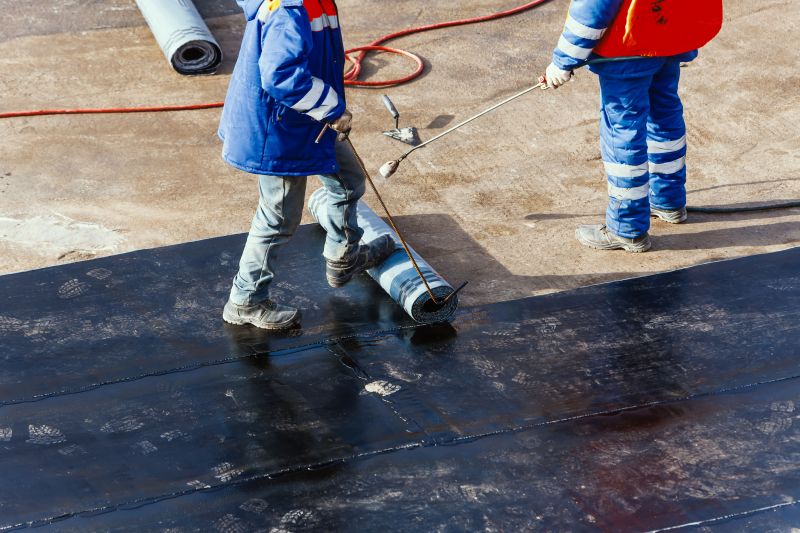
Cold temperatures can hinder curing and reduce adhesion of waterproofing materials.
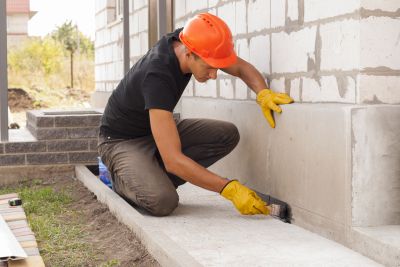
Dry, warm days facilitate proper application and curing processes.
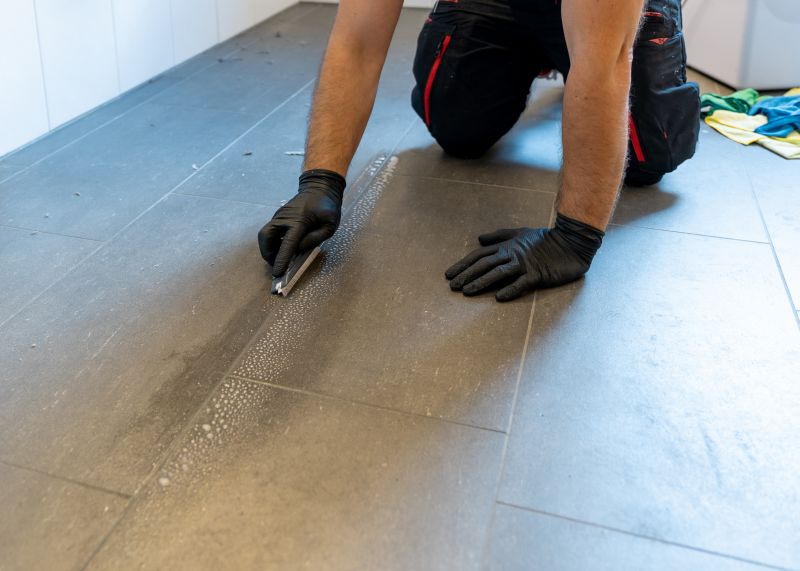
Ways to make Waterproofings work in tight or awkward layouts.
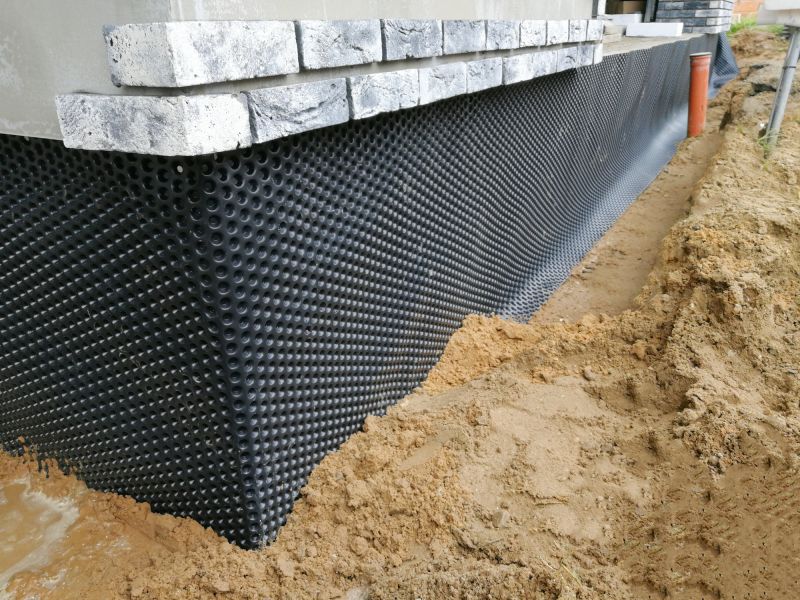
Popular materials for Waterproofings and why they hold up over time.
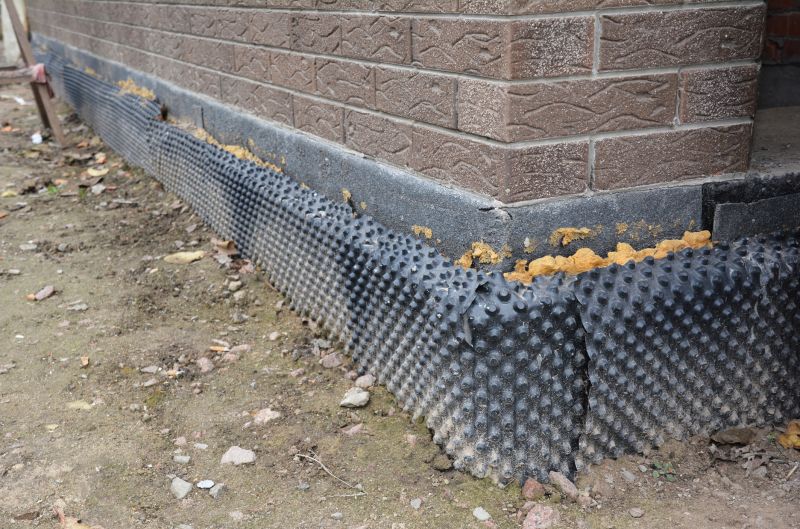
Simple add-ons that improve Waterproofings without blowing the budget.
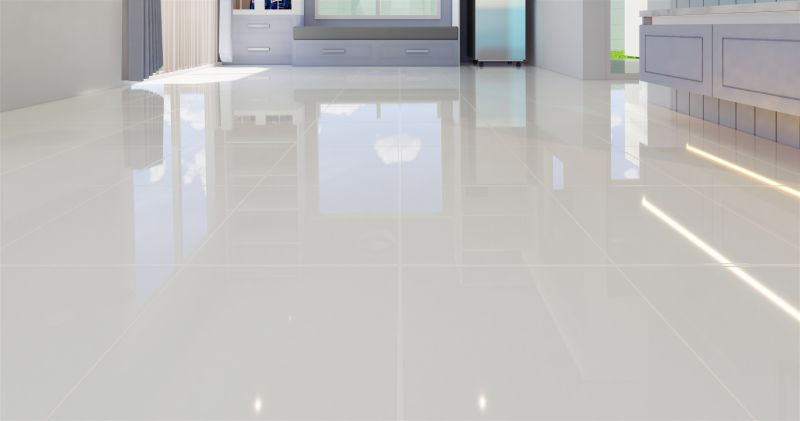
High-end options that actually feel worth it for Waterproofings.
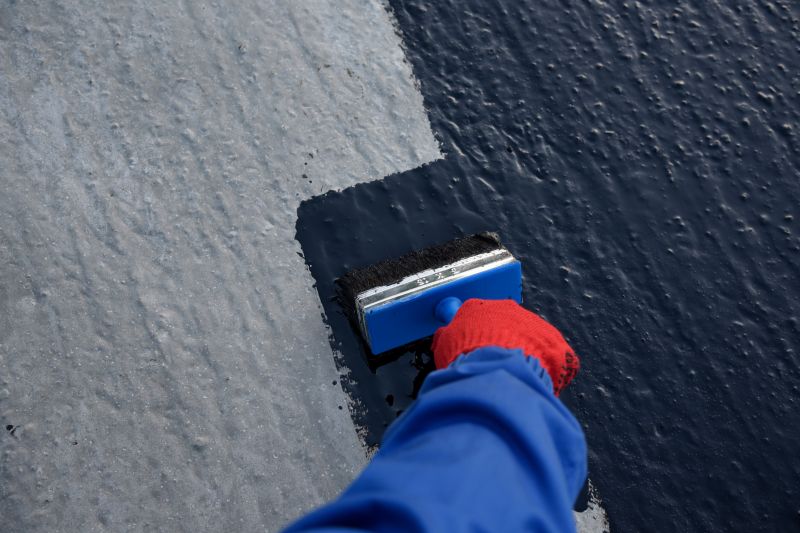
Finishes and colors that play nicely with Waterproofings.
| Season | Recommended Conditions |
|---|---|
| Spring | Moderate temperatures, low humidity |
| Summer | Dry days, warm temperatures |
| Fall | Stable weather, mild temperatures |
| Winter | Cold temperatures, high risk of freezing |
Waterproofings involve the application of specialized materials designed to prevent water penetration in various structures. They are essential in protecting foundations, roofs, basements, and other critical areas. Proper waterproofing enhances structural integrity, prevents mold growth, and reduces damage caused by water infiltration. According to industry statistics, waterproofing can extend the lifespan of a building by decades when applied correctly and maintained regularly.
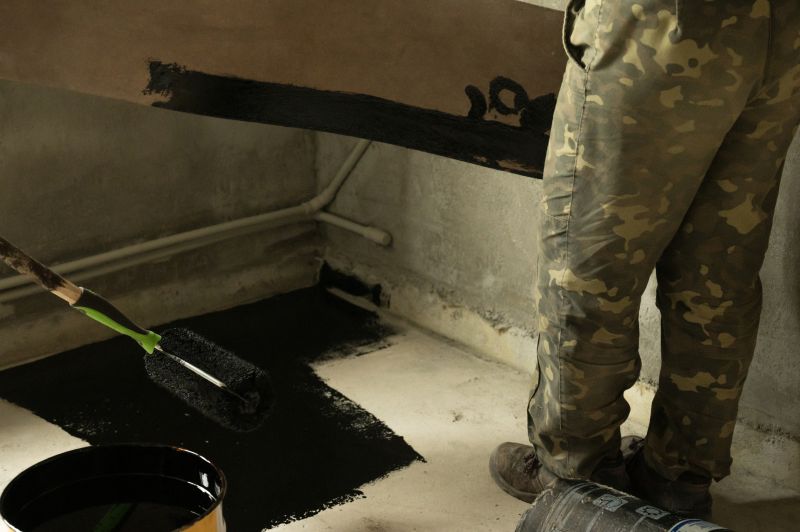
Proper surface preparation and environmental conditions are key for effective waterproofing.
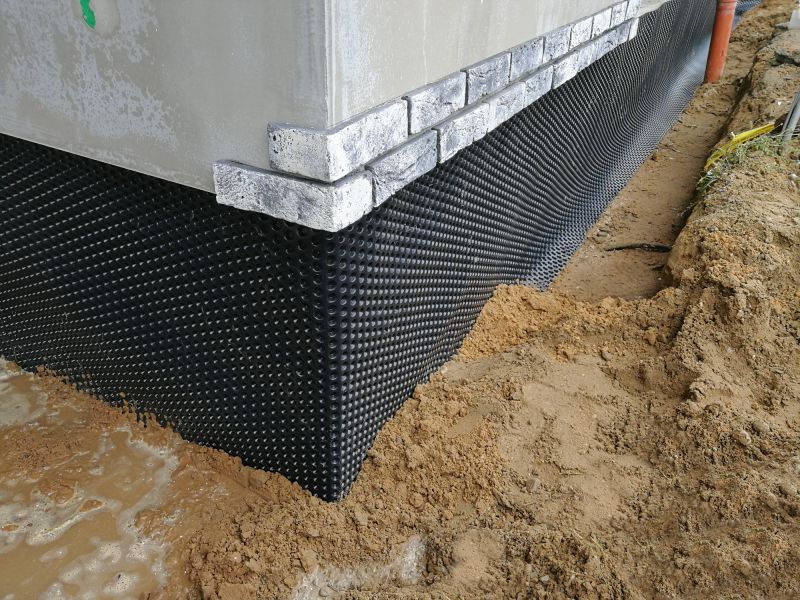
Membranes, coatings, and sealants are widely used for different applications.
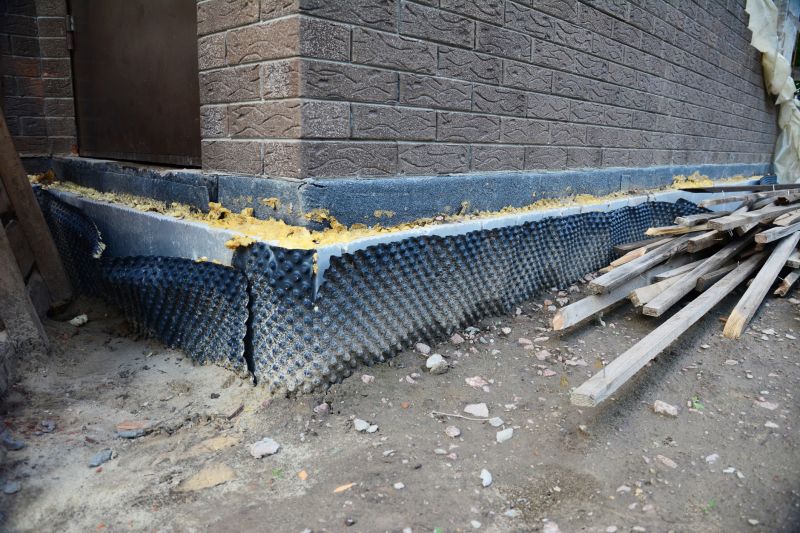
Prevents water damage, reduces maintenance costs, and enhances building durability.
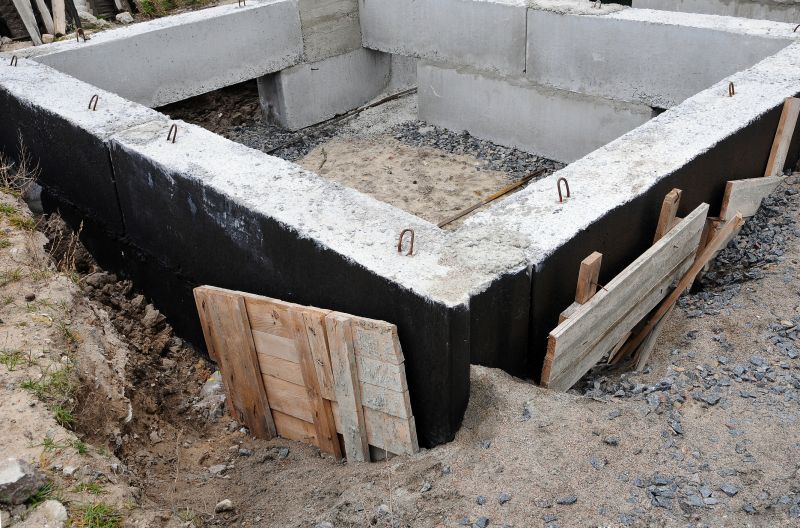
Local climate considerations influence the best timing and materials for waterproofing projects.
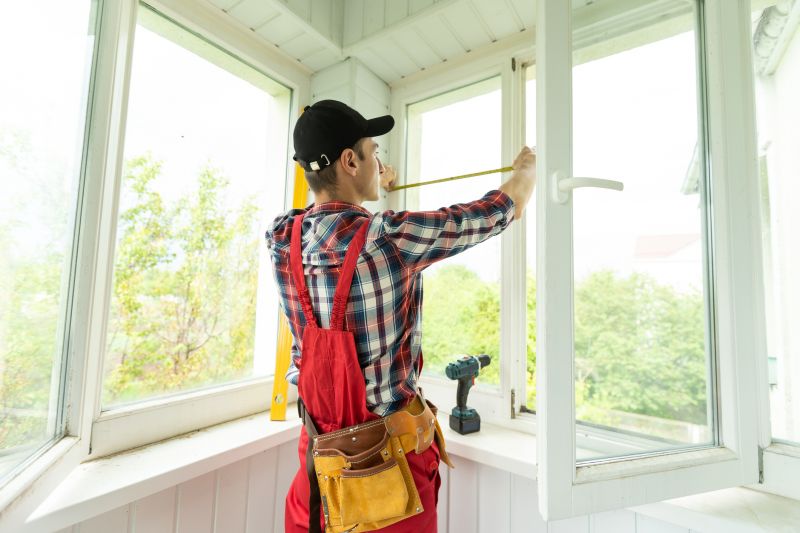
Little measurements that prevent headaches on Waterproofings day.
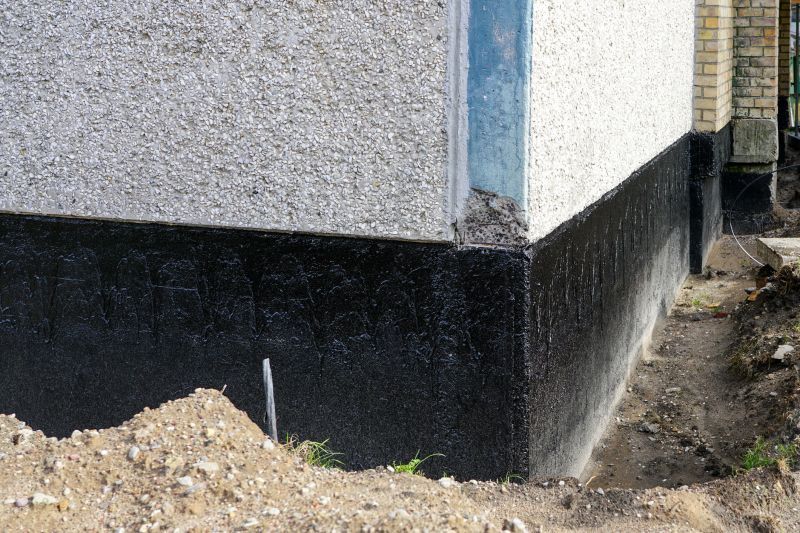
A 60-second routine that keeps Waterproofings looking new.
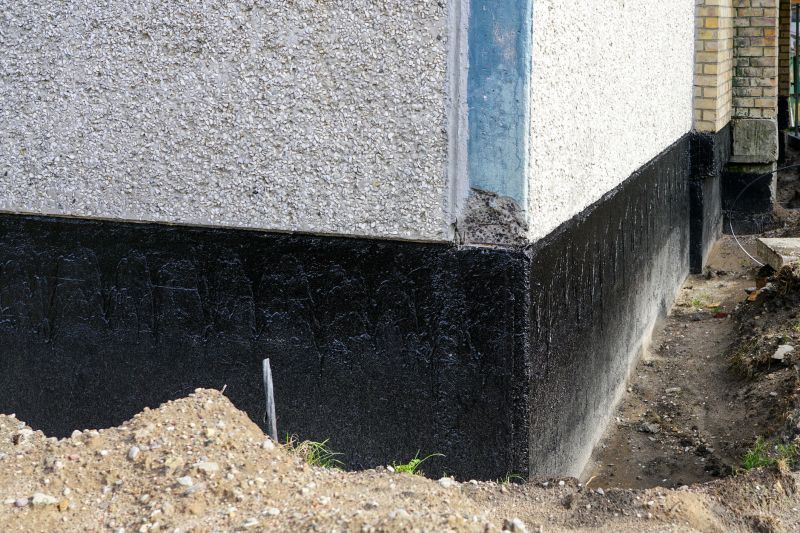
A frequent mistake in Waterproofings and how to dodge it.
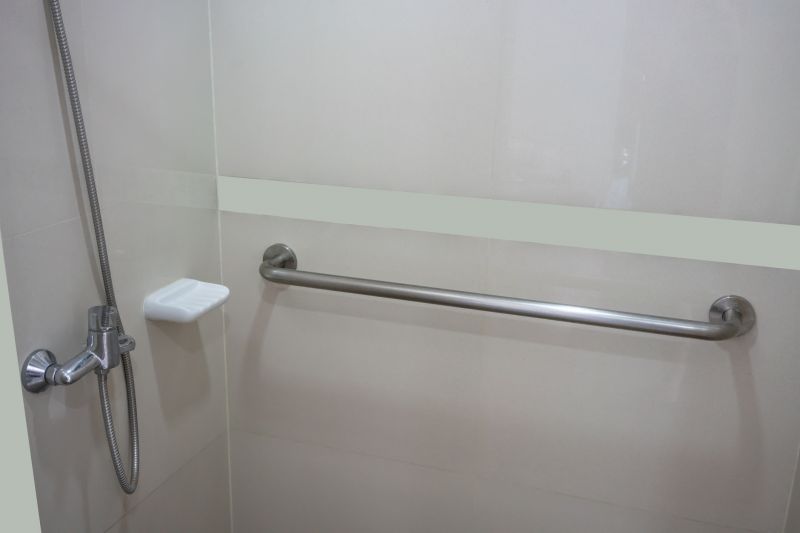
Small tweaks to make Waterproofings safer and easier to use.
Choosing the right time for waterproofing depends on local climate conditions, material specifications, and project scope. Consulting with waterproofing professionals can help determine the optimal window for application, ensuring maximum protection and longevity.
Interested in waterproofing services? Filling out the contact form can provide tailored information and scheduling options to suit specific project needs in Painesville, OH.


